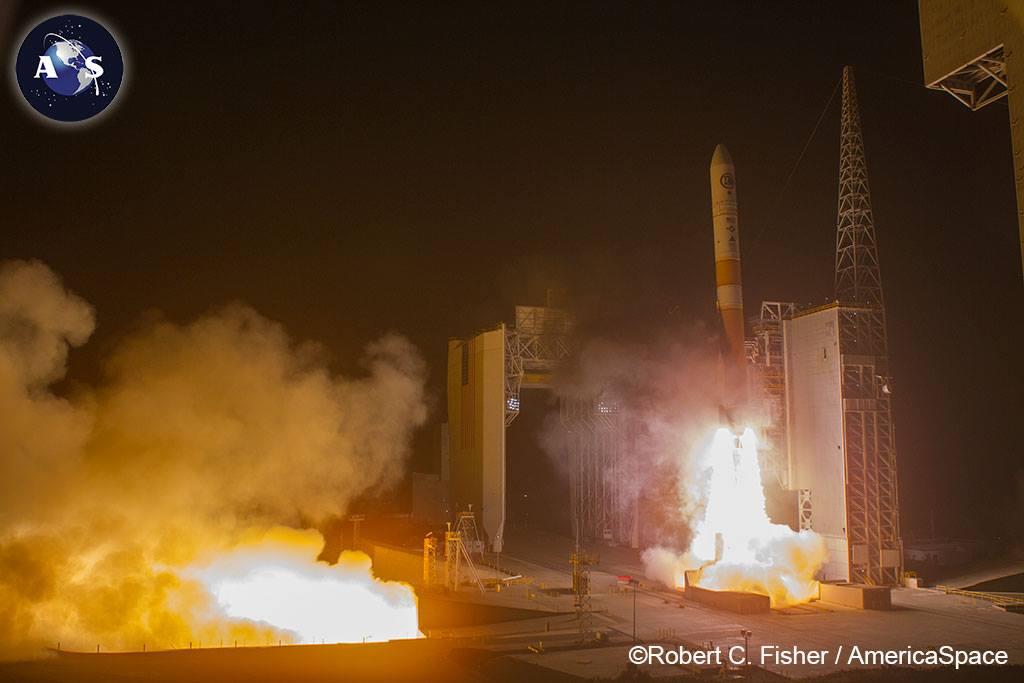
A top secret, 8-ton National Reconnaissance Office (NRO)/Boeing Topaz imaging radar satellite was successfully launched into a retrograde polar orbit before dawn Feb. 10 from Vandenberg AFB, Calif. The mission used a United Launch Alliance (ULA) Delta IV Medium+ with two solid rocket boosters and 5 meter (16.4 ft.) fairing. It marked only the second time a Delta IV Medium+ 4,2 version has been used, following its first flight to launch Topaz-2 in April 2012.
The new spacecraft was placed into about a 680-mile circular polar retrograde orbit inclined 123 degrees to the equator. It demonstrated the power of the Delta IV because any spacecraft launched beyond 90 degree inclination must overcome more of the natural force imparted by the Earth’s rotation at liftoff.

The rare use of largest Delta IV faring (versus the 4-meter version used more often) was required for the rocket to cope with the giant Harris Corp. antenna on the 16,000-lb. spacecraft.
There were two official patches on the NROL-45 launch shroud: a guard dog patch represented the Topaz-4 satellite, along with a larger seal representing the total Delta IV launch and satellite team’s memorial to fallen soldiers, sailors, Marines, Airmen, and Coast Guardsmen.
The radar satellites, which can see through clouds and overcome enemy camouflage, provide additional unique intelligence to warfighter beyond what electro optical imaging satellites can do.
The 3:40 a.m. PST (6:40 a.m. EST) liftoff marked the 31st Delta IV mission since the rocket’s first flight in 2002 and the 9th Delta IV carrying a secret NRO intelligence gathering satellite. The mission closely followed the Feb. 5 ULA Atlas launch of GPS 2F-12 from Cape Canaveral.
“Congratulations to the ULA team and our U.S. Air Force and NRO partners on the launch of NROL-45,” said Laura Maginnis, ULA vice president of Custom Services. “This is our second successful launch within five days for our U.S. government customer, a testament to our outstanding teamwork and focus on 100 percent mission success, one launch at a time. ULA is proud to be entrusted with safely and reliably delivering our nation’s most critical space assets to orbit.”
The Future Imagery Architecture (FIA) Topaz was designed to replace the mammoth 32,000-lb. Lacrosse/Onyx satellites with 45 ft. mesh dish and later flat panel radar antennas. The first Lacrosse/Onyx was launched on space shuttle mission STS-27 in December 1988, with the fifth and final Lacrosse launched on the final Titan-4B in April 2005.
The Lacrosse-5 orbit is still maintained by U.S. Air Force Space Command—possibly as a ruse to confuse adversaries or conversely meaning that it may actually be still operational, more than doubling its five to six year design lifetime.
The three previous Topaz were also launched from Vandenberg but on alternating Atlas V and Delta IV rockets:
—Topaz 1 was launched in Sept. 2010 on an Atlas V 501.
—Topaz 2 was launched in April 2012 on the only other Delta IV Medium+ (5,2).
—Topaz 3 was launched in June 2013 on an Atlas V 501.
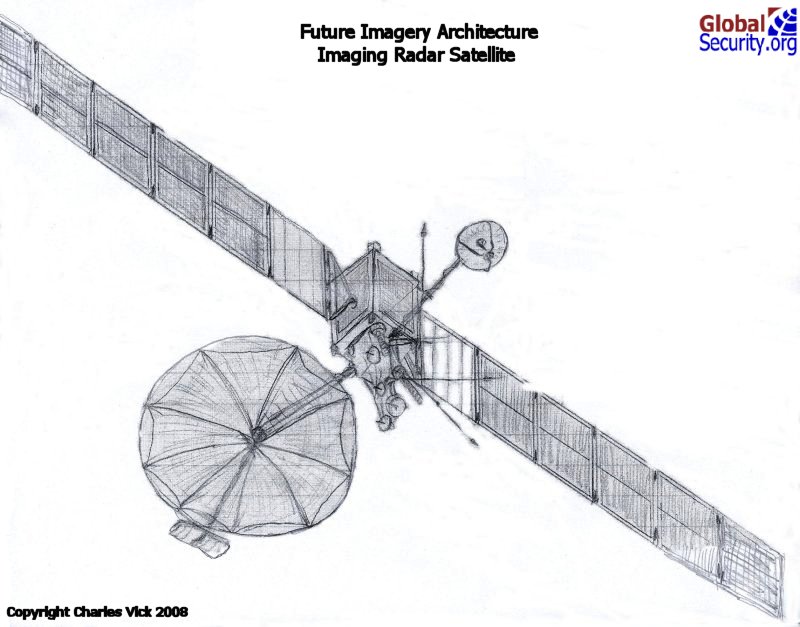
The mission used the upgraded Aerojet Rocketdyne RS-68A liquid oxygen/hydrogen engine that includes two major design modifications to increase the sea level thrust of the engine by 39,000 lb. to 702,000 lb. of thrust, also increasing the vacuum impulse by 5 sec. to 414 sec., according to the space engineering website “Spaceflight 101.”
The increase in power was made possible by switching the engine turbine nozzles from an axial symmetric to a three-dimensional nozzle design to reduce turbine blade loading and to expand the operational range of the liquid oxygen and liquid hydrogen turbopumps. The impulse was also improved by increasing the number of main injector combustion elements for better mixing and combustion efficiency.
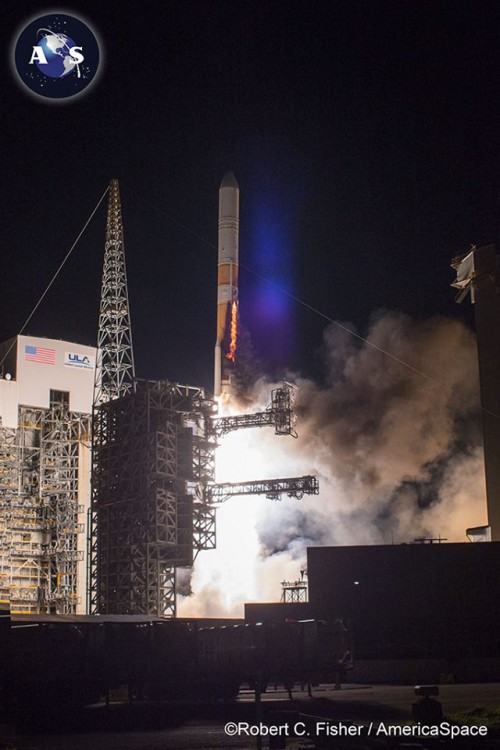
With two Orbital ATK GEM-60 solid rocket motors generating a total of 555,704 lb. of thrust combined with the RS-68A’s 702,000 thrust, the Delta IV Medium+ lifted off on 1.26 million lb. thrust.
The approximate timing of key events in the countdown and ascent included:
—3:40 a.m. PST liftoff from Space Launch Complex (SLC-6) on 1.26 million lb. thrust flying south from VAFB into clear skies making the launch visible from hundreds of miles in all directions.
—8 sec. yaw, pitch and roll commands are initiated.
—100 sec., at 3,000 mph the twin GEM-60 solids burned out and were separated as the vehicle flew through 18 mi. altitude.
—245 sec. burnout of the core vehicle’s RS-68A engine and separation of first stage at 80 mi. altitude flying at 11,815 mph.
—269 sec. ignition of the Delta Cryogenic Second Stage with 24,800 lb. thrust from its Pratt & Whitney/ Aerojet Rocketdyne RL-10B-2 engine, as the vehicle was flying just under 12,000 mph at 96 mi. altitude.
—279 sec. separation of the two halves of the 5 meter shroud to uncover the satellite as the second stage accelerated beyond 12,000 mph climbing through about 100 mi. altitude.
The vehicle continued its southern course over Antarctica before tracking north on the other side of the world.
With shroud separation complete, the ULA launch commentator ceased further updates, which is normal when the NRO and USAF do not wish to reveal the timing of upper stage events. This is to prevent adversaries, primarily Russia, China, and Iran, from calculating the exact orbit from which they could easily calculate at what time the spacecraft will fly over specific locations.
About 90 minutes after liftoff the Air Forced confirmed the launch had been a success with separation of Topaz-4 in the desired orbit.
“This was an incredibly important launch for the 30th Space Wing and our mission partners,” said USAF Col. J. Christopher Moss, 30th Space Wing commander at Vandenberg.
“The entire team, which included the 30th Space Wing, the 4th Space Launch Squadron, the National Reconnaissance Office, United Launch Alliance, and numerous other agencies, worked hand-in-hand to ensure this launch was safe and successful. It was a tremendous effort by all involved,” said Col. Moss.
The next U.S. military space mission is planned to be the May 5 launch into geosynchronous orbit from Cape Canaveral of the U.S. Navy MUOS-5 Mobile User Objective System communications satellite, on an Atlas V with a 5-meter shroud and five solid rocket boosters, the most powerful operational version of the Atlas V.
.
Be sure to “Like” AmericaSpace on Facebook and follow us on Twitter: @AmericaSpace
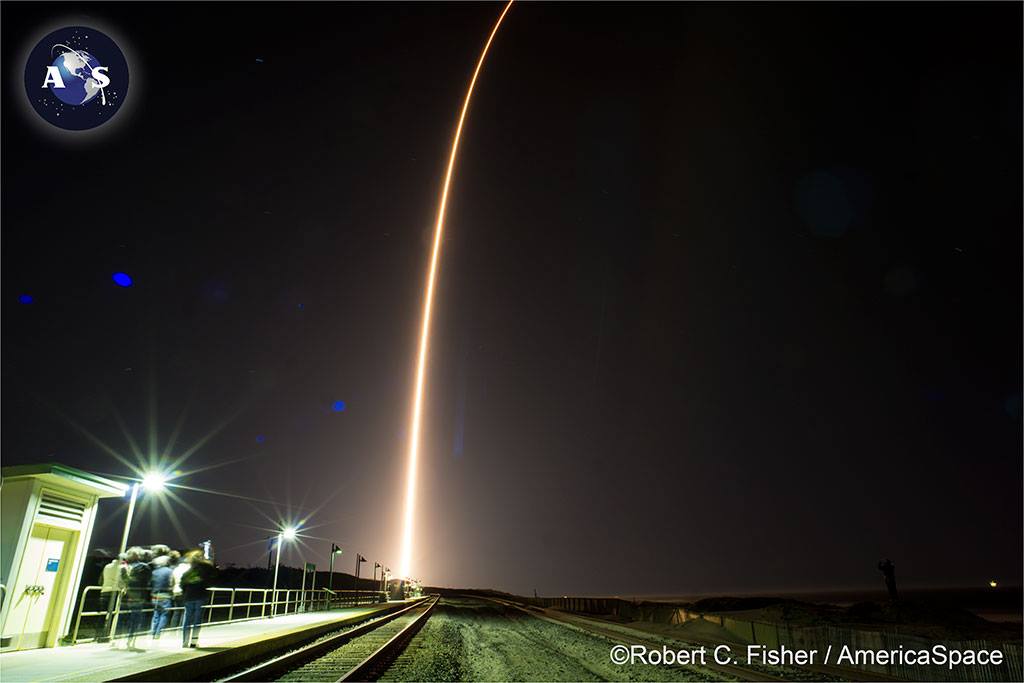
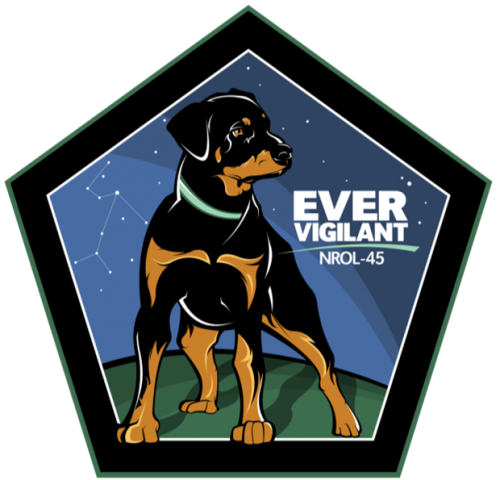




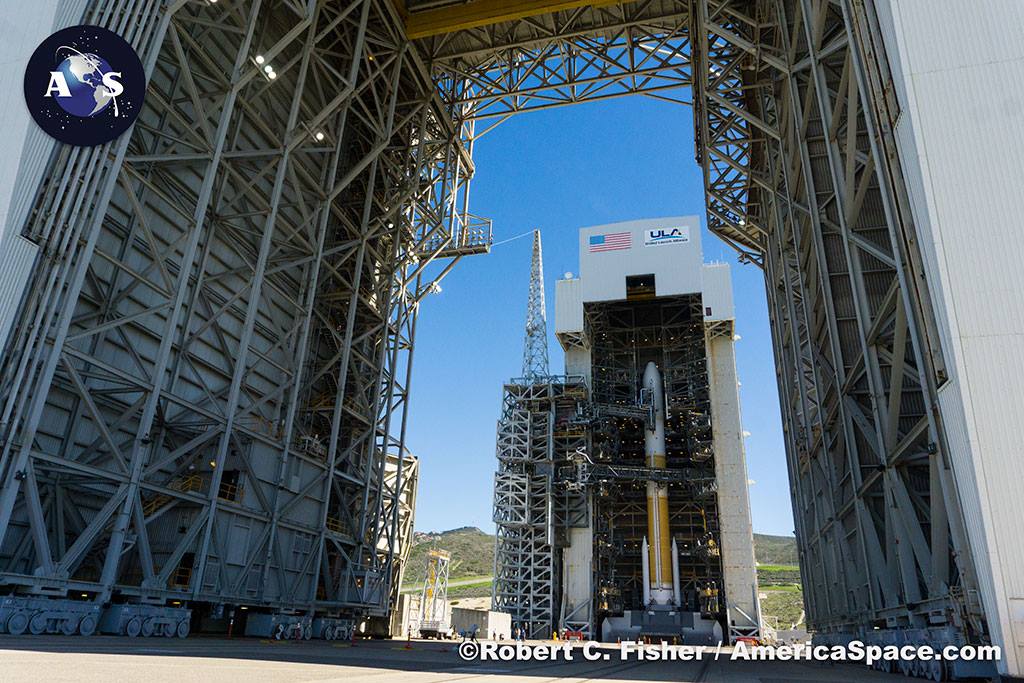
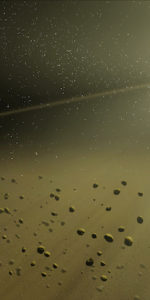
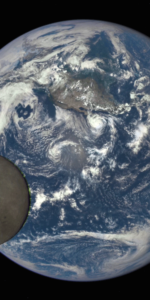
Does anyone know why Americaspace.org does not write the date and/or time of its articles? It is not always apparent when some articles were posted
The are dated, but at the bottom, not the top. The date of this article is just above your comment, as the first bit of text in the light grey box under “Be the first to like this.”
The publish date is at the end of each article…